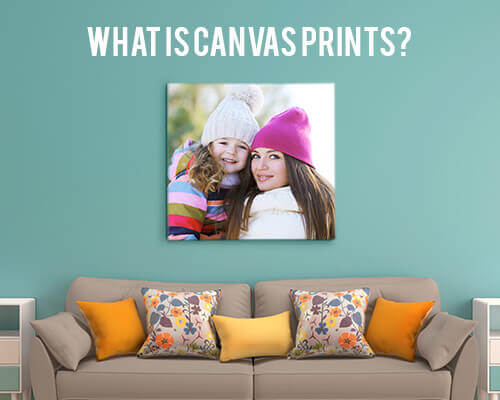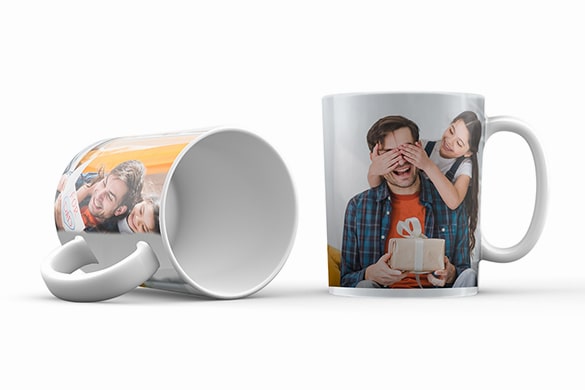Dive into Framing Canvas
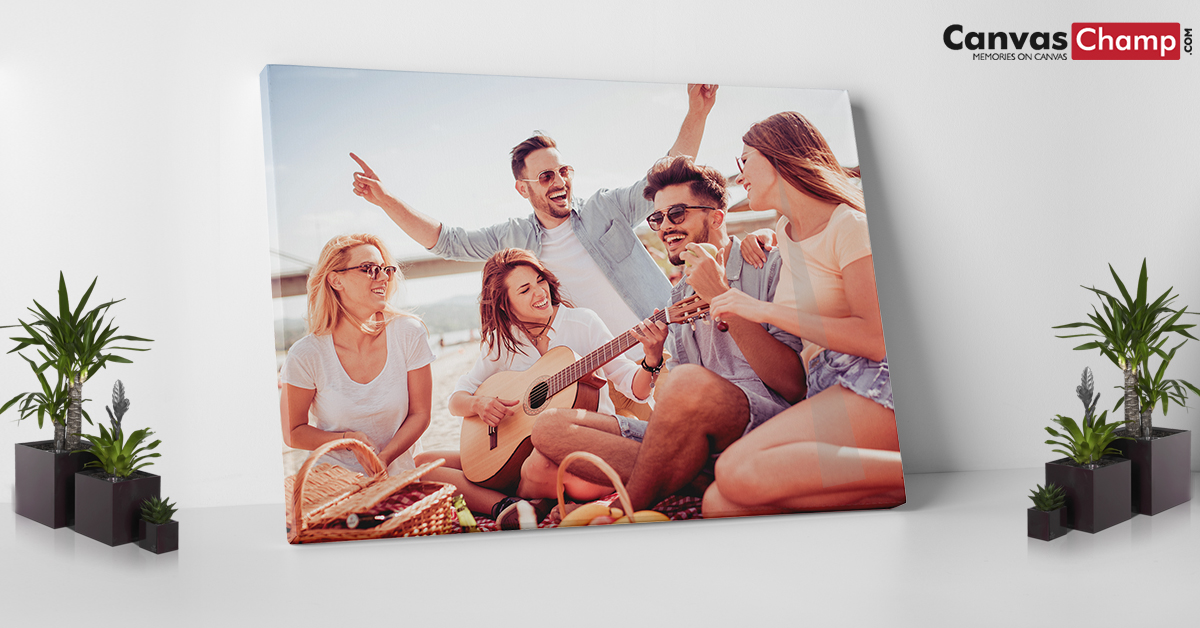
When you order your personalized custom canvas prints, CanvasChamp’s design tool gives you the option to select a frame that will perfectly hug your image.If you choose to go frameless but later change your mind, adding a frame can be a relatively easy process.Framing after the fact, however, will require you to consider some key measurements.
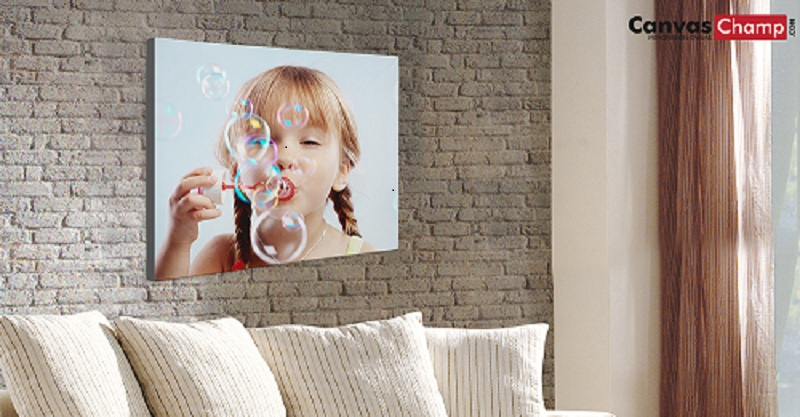
Working in Your Depth
When framing stretched canvas prints, it is crucial to not only know the overall dimensions of the image but the depth of its wrap.The wrap refers to the edges where the canvasis secured around the stretcher bars. Wrap choices are typically 0.75 inches or 1.5 inches; CanvasChamp refers to them as thin and thick, respectively.This measurement comes into play when determining how a frame’s rabbet – the recess or groove cut into the edge of frame – will accommodate the canvas.
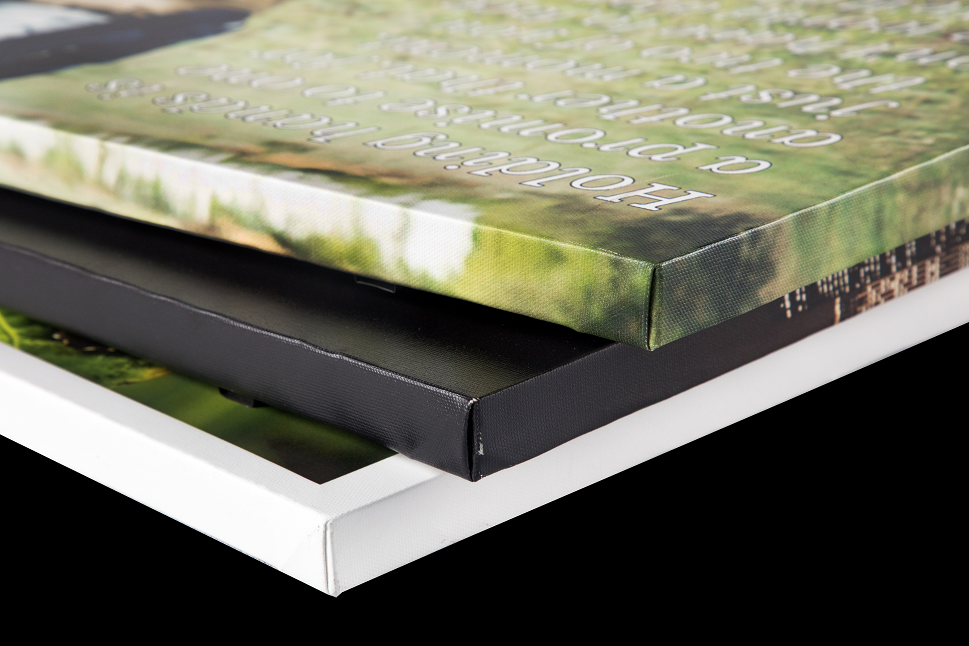
Arabbet creates a ledge to hold the piece inside the front of the frame’s opening. Rabbet depth refers to the measurement behind the lip of the frame’s face. This depth, in combination with the wrap depth, results in different approaches to framing.
Floating Along

Floating frames are tailor-made for canvas prints.Named because the canvas appears to float within the frame, the floating structure yields a sophisticated, modern look while highlighting your unique canvas photo prints. Choosing a floating frame that exactly matches the wrap depth produces a look where the front of the canvas is flush with the frame’s front edge. Alternatively, a shallower frame creates a small offset, allowing some of the wrap to show.
Getting Flushed
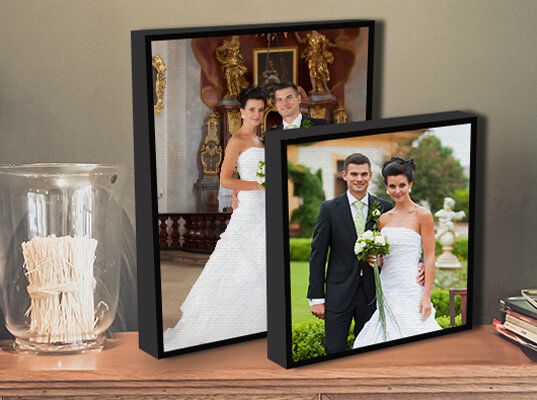
Flush-mount is the no-brainer of framing.By matching the rabbet and wrap depths, the canvas is flush with the back of the frame. No special considerations are required, but frame choices will be limited by whatever is available within the size constraints.
Going Deep
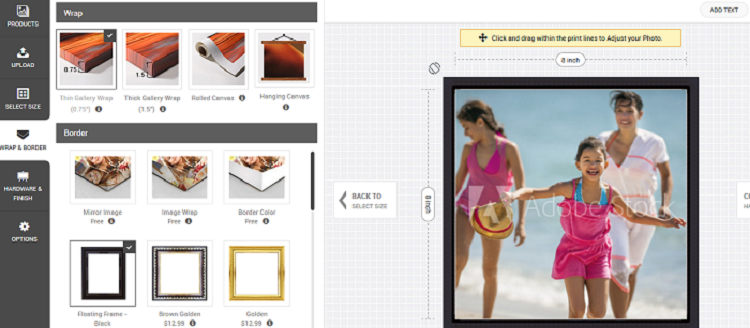
A frame that is deeper than your photo canvas print allows a broader range of frame choices. Because the canvas print is shallower than the frame, it will be necessary to secure the canvas prints to the rabbet.For frames with a backboard, employ a familiar method: fill in the extra space between the piece and the backing with cardboard. For a frame that lacks a backboard, use framing points (for a wood frame), or spring clips (for a metal frame) to secure the canvas print.
Working in the Shallows
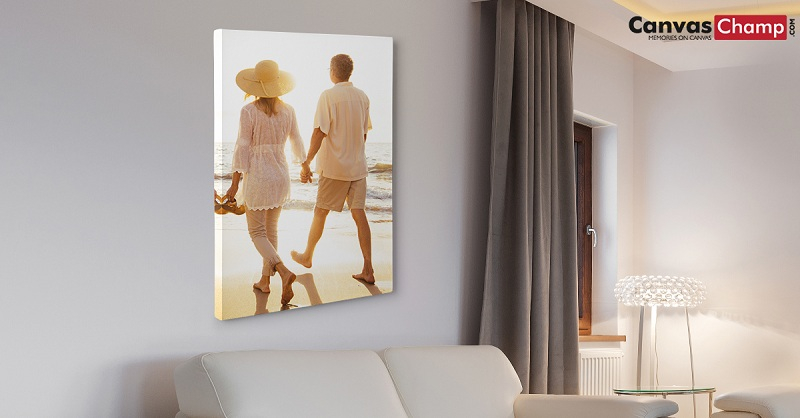
If the canvas is deeper than the rabbet depth, all is not lost.The canvas print will stick out the back of the frame and elevate the finished piece from the wall, but there are ways to make this work in your favor.In this case, it is advisable to work with frames with wider mouldings thatbetter hide what’s going on behind the scenes. Because thecanvas will stick out behind the edge of the frame, use canvas clips to secure the print to the frame.
Getting Wet
Rolled canvas prints are still suitable for framing, but they will first need to be mounted using stretcher bars or wet-mounting. Wet-mounting involves gluing your rolled canvas to a veneer-coated foamboard and then trimming to fit your frame.Because wet-mounted canvases are typically thinner than stretched pieces, this means theremore freedom of choice when selecting a frame, as rabbet depth is less of a concern.

Alone or framed, your unique canvas prints are impressive pieces of art that make fabulous gifts.Get started creating today!

